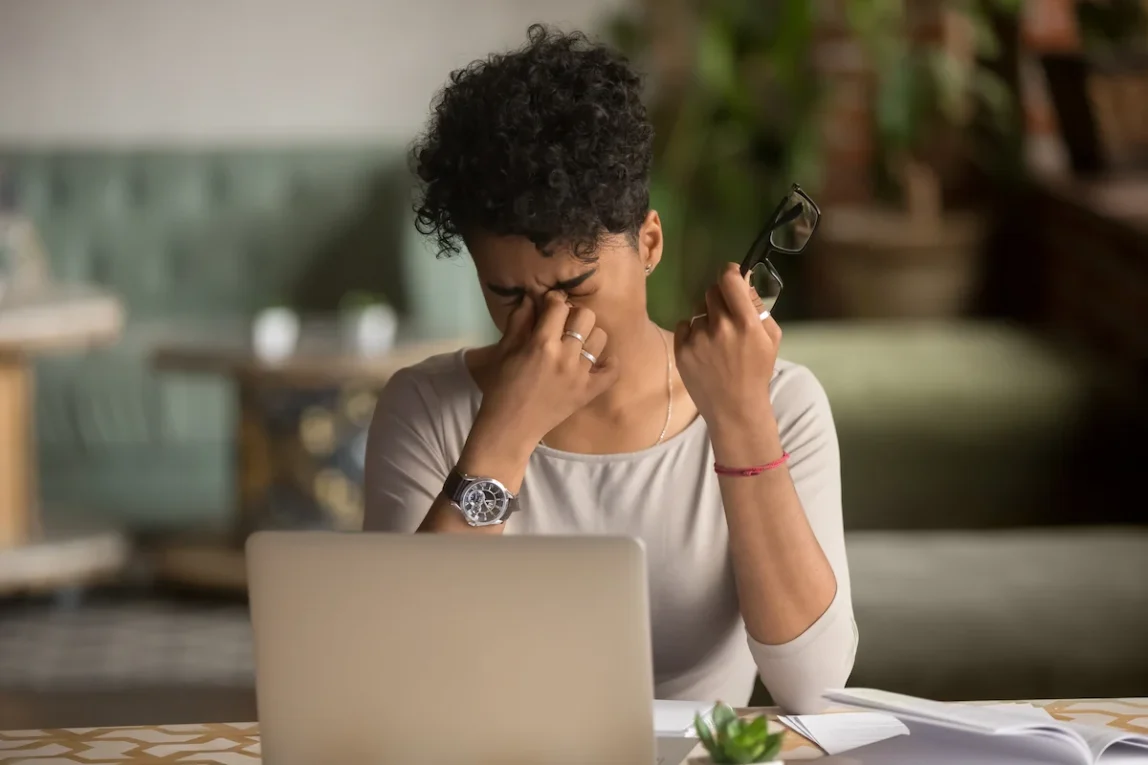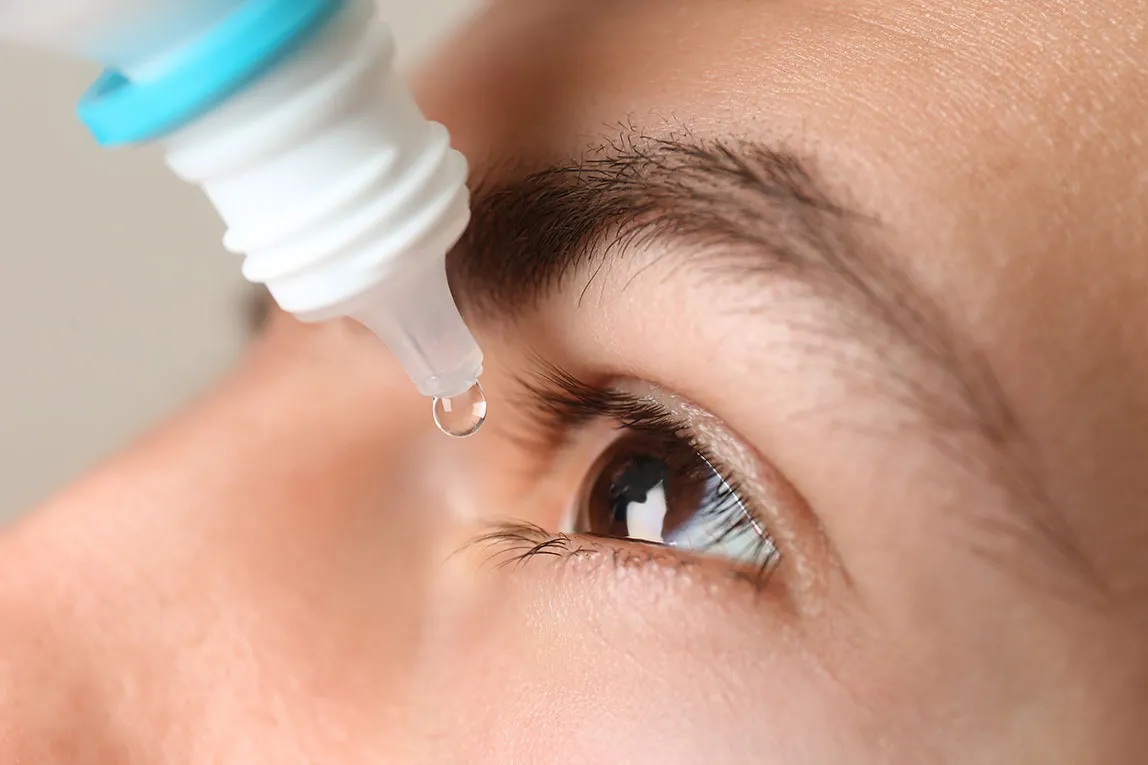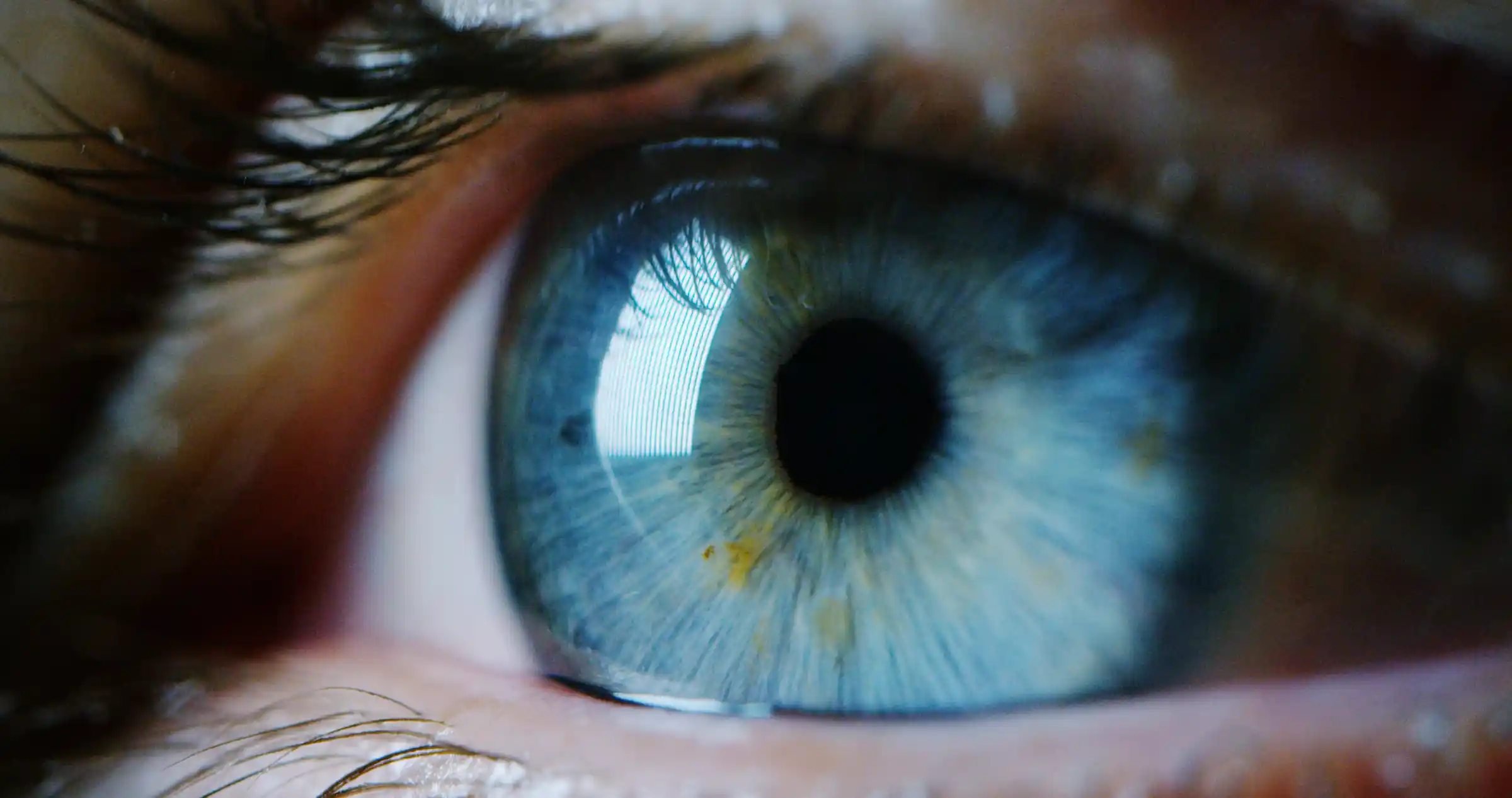At Southern Eye Group, we are proud to be at the forefront of treatment for dry eye. Dry eye is an uncomfortable condition that affects millions of people. For some, at-home remedies for dry eye provide adequate relief. When this is not the case, residents in Alabama, Florida, Mississippi and throughout the Gulf Coast turn to the dry eye therapy experts at Southern Eye Group.

What is Dry Eye?
Dry eye is a common condition, affecting more than
Trusted Source
Prevalence of Diagnosed Dry Eye Disease in the United States Among Adults Aged 18 Years and Older
Farrand KF, Fridman M, Stillman IÖ, Schaumberg DA
Go to Source
16 million adults
in the United States. Dry eye syndrome can cause dryness, eyes that water excessively, a feeling of grittiness, and other uncomfortable symptoms. The most common cause of dry eye is meibomian gland dysfunction (MGD), which affects up to
Trusted Source
Distribution of aqueous-deficient and evaporative dry eye in a clinic-based patient cohort: a retrospective study
Lemp MA, Crews LA, Bron AJ, Foulks GN, Sullivan BD
Go to Source
85% of dry eye patients
. Usually, meibomian gland dysfunction is a result of blockages of the meibomian glands, which produce oil that lubricates the eyes.

Home Remedies for Dry Eye
For patients with occasional dry eye, home remedies can be very effective. If you are suffering from symptoms of dry eye disease, try some of these at-home dry eye solutions:
- A warm compress: Hold a warm, moist washcloth against the eyes for 15 minutes.
- Lubricating Eye drops: Over-the-counter eye drops can help alleviate discomfort from dry eye. Be sure to select drops designed to lubricate, not simply treat redness.
- Change your environment: Try moving fans so they don’t blow on your face and eliminate dust from your environment. If you spend a lot of time staring at a computer screen, wear glasses that have glare protection.
- Supplements for dry eye: Omega-3 fatty acids may help increase eye lubrication.
Professional Dry Eye Treatments
For many patients with dry eye, home remedies may not provide effective or lasting relief dry eye relief.
At Southern Eye Group, we offer a range of medical treatments for dry eye.
Prescription Eye Drops
Prescription eye drops such as Restasis® and Xiidra® can provide prompt and lasting relief from dry eye. These eye drops help to lubricate the eyes and also improve tear function.
Punctal Occlusion/Punctal Plugs
Punctal plugs, also referred to as lacrimal plugs, are placed in the tear drops to block drainage. By blocking the tear ducts (punctum), your ophthalmologist can help your eyes stay moist by saving your tears and making artificial tears more effective. Punctal plugs are totally biocompatible and made from collagen or silicone, and can be removed when your condition improves.
The punctal plug procedure begins with your doctor measuring the shape and size of your tear ducts. A local anesthetic may be used but is often not needed. Plugs are inserted into the punctum (tear duct) of both eyes in a quick and painless procedure performed in our office.
iLux®
iLux is a relatively new procedure that can help treat meibomian gland dysfunction to restore a healthy tear film. iLux is a simple, in-office procedure that many patients say is comfortable or even relaxing. During iLux treatment, a light-based heat is applied to the eyelid to melt away oils that become trapped and block the meibomian glands. Once the area is softened by gentle heat, your ophthalmologist will gently massage the eyelids to move away blockages and express oil from the meibomian glands.
iLux treatment for dry eye is a fast in-office procedure that brings relief in as little as one treatment session. After iLux treatment, patients see a gradual improvement in dry eye symptoms over the next two to four weeks. Results often last for up to eight months.

Dry Eye Kit
We provide our patients with branded dry eye kits to help them achieve relief from dry eye symptoms. Each kit includes 30 vials of single-use eye drops, 30 eyelid cleaning cloths, and a 1-month supply of supplements designed to help the eyes produce better quality tears.
Frequently Asked Questions About Dry Eye Treatment
Is dry eye treatment covered by insurance?
Some dry eye treatments are covered by medical insurance, but not all. Prescription eye drops may be covered by your plan, but iLux treatment is currently not eligible for insurance coverage. We offer a number of convenient payment options to help our patients afford premium eye care.
Is treatment with iLux painful?
Not at all. In fact, most patients comment that their iLux treatment is a relaxing experience.
Can I still use other dry eye remedies after iLux treatment?
Yes. You can still use at-home remedies like over-the-counter eye drops and warm compresses after treatment with iLux, though you may not need to. If you use prescription eye drops, ask your ophthalmologist if you can still use them after iLux treatment.

Contact Southern Eye Group
With offices in Alabama, Florida, Mississippi and throughout the Gulf Coast, the dry eye experts at Southern Eye Group provide patients with dry eye therapy that works. If you suffer from the uncomfortable symptoms of dry eye, contact us to schedule a consultation with an experienced ophthalmologist.
1 Farrand KF, Fridman M, Stillman IÖ, Schaumberg DA. Prevalence of Diagnosed Dry Eye Disease in the United States Among Adults Aged 18 Years and Older. Am J Ophthalmol. 2017;182:90‐98. doi:10.1016/j.ajo.2017.06.033. Available: https://pubmed.ncbi.nlm.nih.gov/28705660/. Accessed May 31, 2022.
2 Lemp MA, Crews LA, Bron AJ, Foulks GN, Sullivan BD. Distribution of aqueous-deficient and evaporative dry eye in a clinic-based patient cohort: a retrospective study. I. 2012 May;31(5):472-8. doi: 10.1097/ICO.0b013e318225415a. PMID: 22378109. Available: https://pubmed.ncbi.nlm.nih.gov/22378109/. Accessed May 31, 2022.
The doctors at Southern Eye Group have either authored or reviewed and approved this content.
Page Updated:


